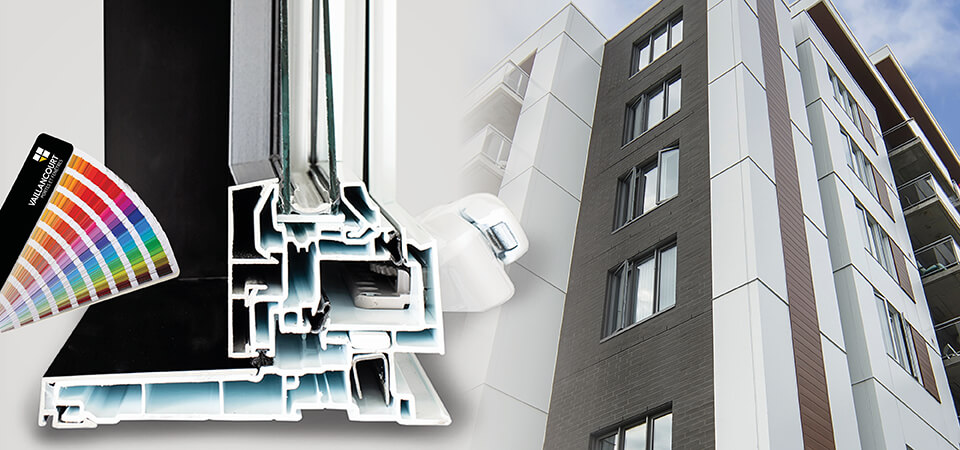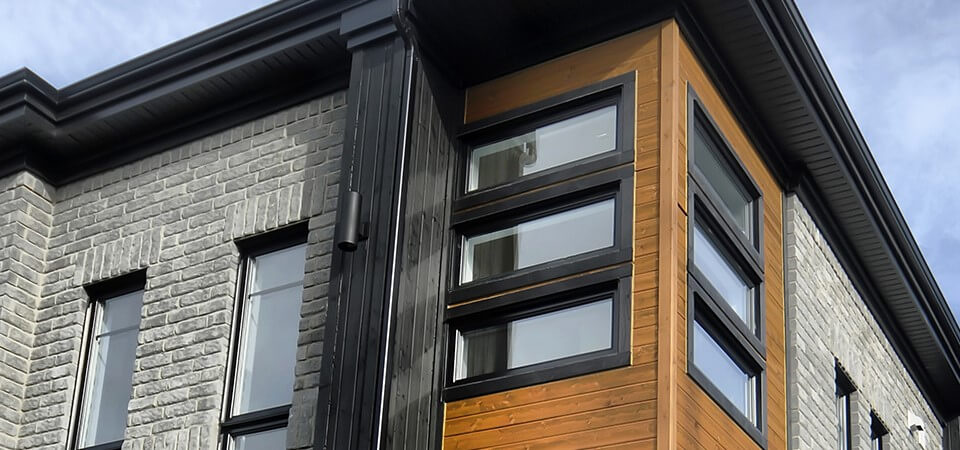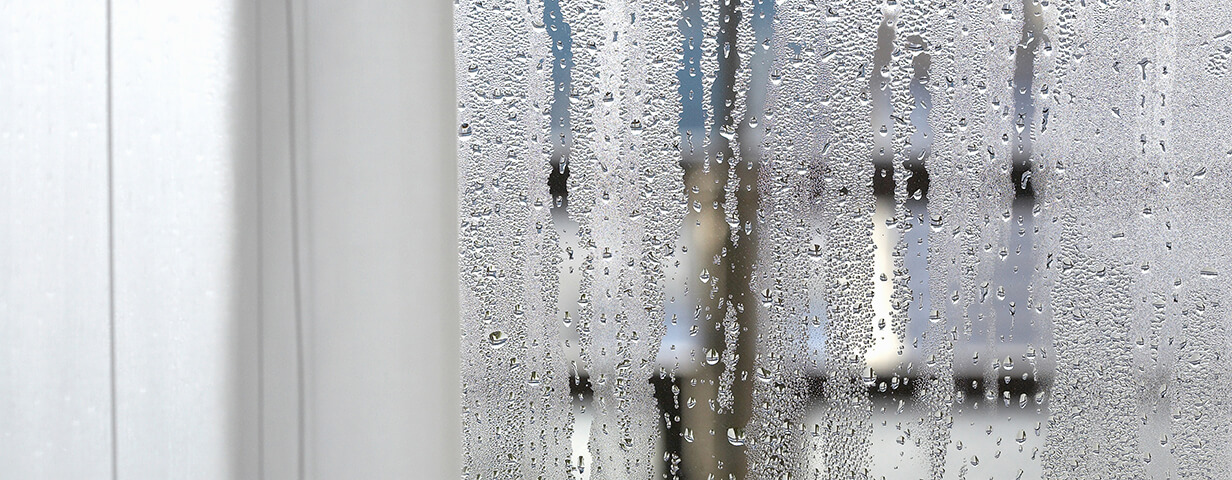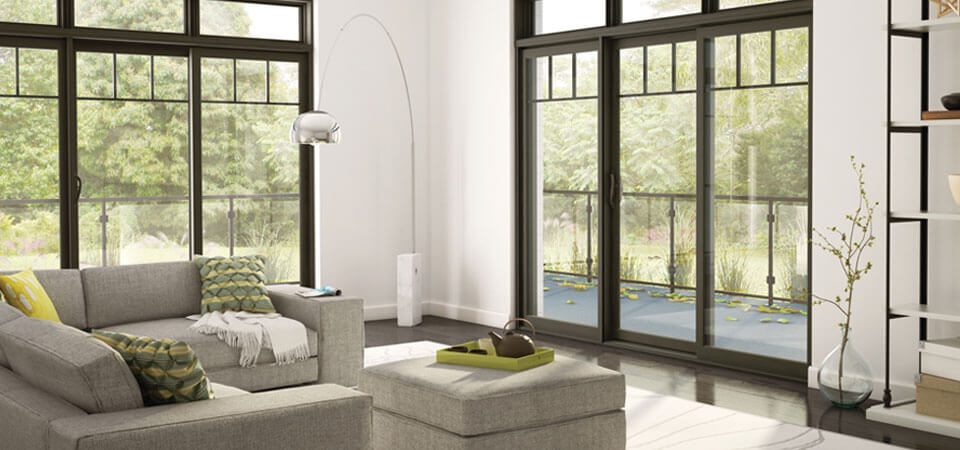The term “hybrid” is used regularly in the automotive, cycling and engineering industries. But when used to describe windows, do you know what this word actually means?
Hybrid technology is typically defined as the combination of two or more components that are not usually found together. For window products, the term is used to describe windows where the interior of the frame is manufactured from a different material from the exterior.
Traditionally, windows are designed from various raw materials such as PVC, aluminum or wood. However, materials may also be combined, as in the case of wood and aluminum or PVC and aluminum. This is what we call a “hybrid” or “composite” window. Hybrid window frames most commonly have a PVC interior overlaid with an aluminum exterior. Let’s take a closer look at this type.
Why choose hybrid windows?
On one hand, PVC is cost-effective and renowned for its superior energy efficiency. On the other, aluminum stands out for its durability and strength. Using PVC and aluminum together provides the best of both worlds by combining the advantages of both materials.
The benefits of hybrid windows include:
- the option to install larger windows due to aluminum’s structural performance
- energy savings due to the presence of PVC
- a modern look
- excellent value for your money
- unlimited colour options
- customizable products (bars, grills, hardware, etc.).
Hybrid windows are most often installed in houses located in areas with greater weather extremes (strong winds, heavy rain, waterfront, etc.) or high-rise buildings. In some urban areas, they are mandatory for multi-story dwellings. Regardless, this type of window is a great choice for any type of home.
Keep in mind as well that hybrid windows meet all performance standards and are Energy Star certified. If you find hybrid windows interesting, visit your nearest showroom to see the display models featuring cutaway views.





